Gasteria Succulent: Plant Facts, Care & Growing Guide
Written by Iris
Dec 07 2021
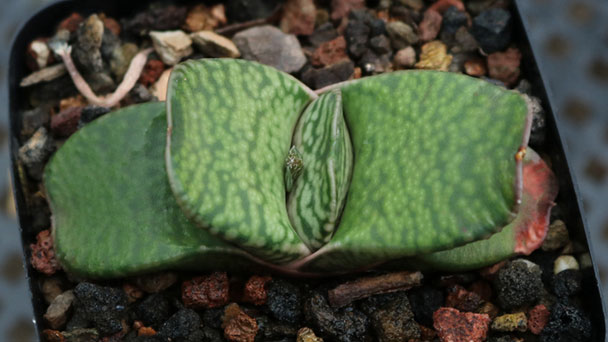
Gasteria succulents are usually small and compact, just the right size to grow in a container. Some are excellent additions to dry gardens. The textured leaves on these plants vary, but most are rough to the touch. They become flat, stiff, and thick in many species, and have led to common names such as lawyer's tongue, cow's tongue, and cow's tongue. Many species have warts; Some are black, some are pastel colors. The plant is named Gasteria (" gaster "means stomach) because of its spring flowers, according to sources.
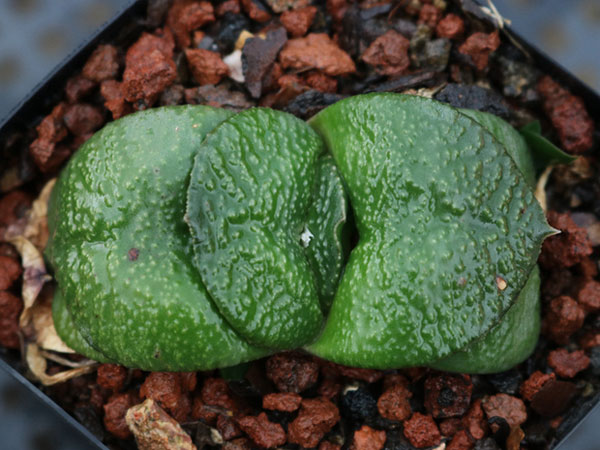
Ox Tongue plant flowers grow in clusters on the end of a long stem or spike. Aloe flowers tend to grow along the length of the flower spike.
Gasteria flowers are tubular with bulbous, inflated bases. Aloe flowers present a slim silhouette.
In fact, the name of the plant comes from the shape of the flowers, which is rather like the shape of a stomach. The Latin word for stomach is gaster.
Although Gasteria is no longer considered to be in the same genus as Aloe vera, the two plants are related.
Gasteria is also related to Haworthia from South Africa. All three types of succulents belong to the Family Asphodelaceae.
Along with most Old World succulent plants, these plants belong to the tribe, Aloaceae, along with Astroloba, Chortolirion, Bulbine and Poellnitzia.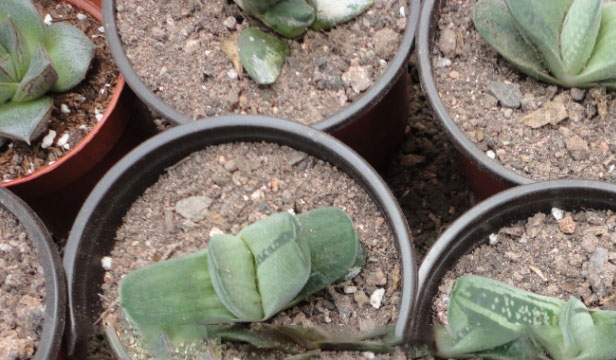
Gasteria Succulent Plants distribution area
During 1620-1680 the European interest in South African and Australian flora peaked, prompting many botanical expeditions. Nonetheless, it was only after the turn of the 18th century that Carl Linnaeus collected the first Gasteria specimens. These and other collected specimens made their way to Europe over the coming years. Fast forward several centuries to today’s South African botanists and we are still discovering new species.
Habitat: Gasteria occur on cliff faces and Klein Karoo shrubland. Most of the species are located in the Eastern Cape with some like Gasteria carinata extending into the Western Cape. 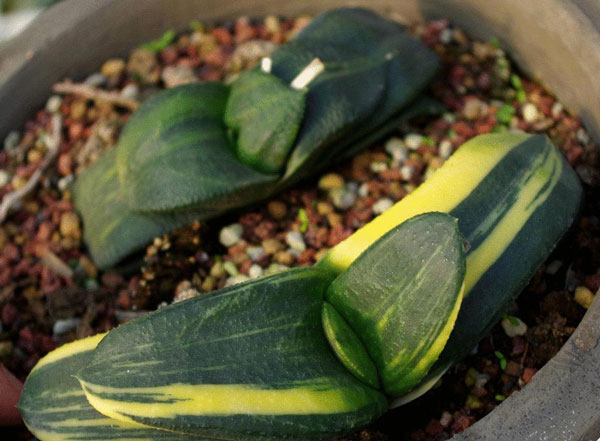
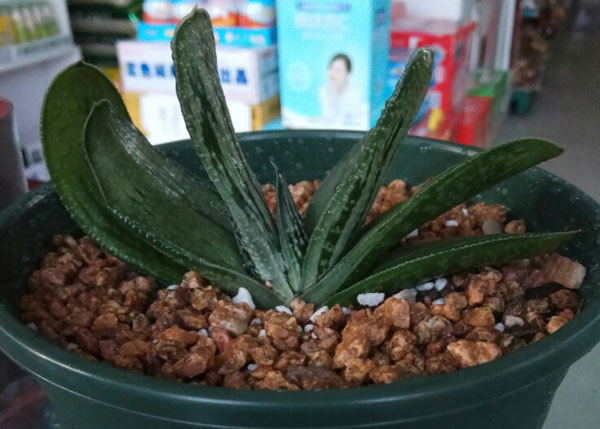
Beauty Benefits: For treating wrinkles and Good for the Scalp
Humans are dependent on Gasteria plants. Directly or indirectly they are a major source of food for human beings as well as animals. Many plants are used for medicinal purposes. Plants absorb carbon dioxide and release oxygen in the air that is used by all living beings for breathing. Therefore, it is very important to know the uses of plants.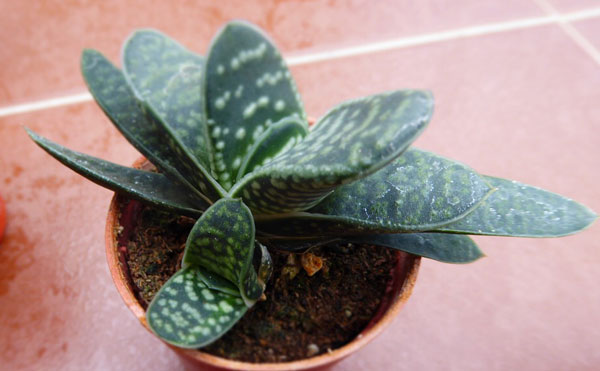
'Gasteria maculata' offers features similar to Gasteria verrucosa but lacks the warty protrusions.
'Gasteria glomerata' has a compact size that remains only a few inches tall.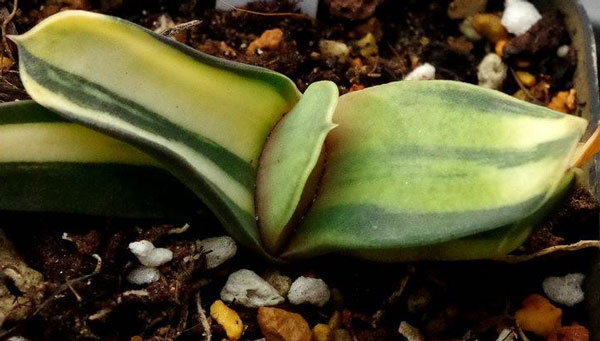
Gasteria Succulent Plants PictureGasteria Succulent Plants infoGasteria Succulent And Aloe DifferencesGasteria Succulent Ecological HabitsHow to Grow Gasteria Succulent PlantsHow to Care for Gasteria Succulent PlantsUses of Gasteria Succulent PlantsVarieties of Gasteria Succulent PlantsCommon Pests/Diseases
Gasteria Succulent Plants Picture

Gasteria Succulent Plants info
| Botanical Name | Gasteria spp. |
| Common Name | Gasteria plant, ox tongue, cow's tongue |
| Plant Type | Perennial succulent |
| Mature Size | 4-24 in. tall |
| Sun Exposure | Full sun to part shade |
| Soil Type | Sandy, rich, well-draining |
| Soil pH | 6-7 |
| Bloom Time | Winter, spring |
Gasteria Succulent And Aloe Differences
There are also differences in the flowers of gasteria and Aloe.Ox Tongue plant flowers grow in clusters on the end of a long stem or spike. Aloe flowers tend to grow along the length of the flower spike.
Gasteria flowers are tubular with bulbous, inflated bases. Aloe flowers present a slim silhouette.
In fact, the name of the plant comes from the shape of the flowers, which is rather like the shape of a stomach. The Latin word for stomach is gaster.
Although Gasteria is no longer considered to be in the same genus as Aloe vera, the two plants are related.
Gasteria is also related to Haworthia from South Africa. All three types of succulents belong to the Family Asphodelaceae.
Along with most Old World succulent plants, these plants belong to the tribe, Aloaceae, along with Astroloba, Chortolirion, Bulbine and Poellnitzia.

Gasteria Succulent Ecological Habits
The gasteria species grow in light-colored sandy soils with good drainage. The species can be propagated both by migration and by cuttings (leaf cuttings usually take root easily). They also usually propagate from seed. Germinating usually occurs within eight days, but can take up to a month, depending on the species. Flowering times vary from species to species, but are usually in spring and summer.Gasteria Succulent Plants distribution area
During 1620-1680 the European interest in South African and Australian flora peaked, prompting many botanical expeditions. Nonetheless, it was only after the turn of the 18th century that Carl Linnaeus collected the first Gasteria specimens. These and other collected specimens made their way to Europe over the coming years. Fast forward several centuries to today’s South African botanists and we are still discovering new species.
Habitat: Gasteria occur on cliff faces and Klein Karoo shrubland. Most of the species are located in the Eastern Cape with some like Gasteria carinata extending into the Western Cape.

How to Grow Gasteria Succulent Plants
- For gasteria succulent Plants Leaf Cuttings
- For Gasteria Succulent Plants Stem Cuttings
- For Gasteria Succulent Plants Division
How to Care for Gasteria Succulent Plants
- Light
- Water
- Temperature
- Soil
- Fertilizer
- Repotting
- Pruning

Uses of Gasteria Succulent Plants
A blooming, green garden in a veranda is not only refreshing, but gives a pleasant look to your house. If you are planning to have Gasteria in your garden, we provide you with all Gasteria uses and Gasteria Facts. If you are a passionate gardener, you should not only know how to take care of your plants but should also know their uses. There are many plants which are used in multiple ways. Uses can be of many types: aesthetic uses, beauty benefits, medicinal benefits, etc. Gasteria Benefits are:Beauty Benefits: For treating wrinkles and Good for the Scalp
Humans are dependent on Gasteria plants. Directly or indirectly they are a major source of food for human beings as well as animals. Many plants are used for medicinal purposes. Plants absorb carbon dioxide and release oxygen in the air that is used by all living beings for breathing. Therefore, it is very important to know the uses of plants.

Varieties of Gasteria Succulent Plants
'Gasteria verrucosa' boasts distinctive thick and oblong leaves covered with white warts,'Gasteria maculata' offers features similar to Gasteria verrucosa but lacks the warty protrusions.
'Gasteria glomerata' has a compact size that remains only a few inches tall.

Common Pests/Diseases
Gasteria plants are susceptible to fungal infections, which usually appear as black spots on the leaves. This is typically the result of too much humidity or water on the leaves. Fortunately, these fungal infections usually don't spread quickly, and can be contained by keeping the plant drier, with more air moving by, and using a fungicidal soap.Latest Updated
- Benefits of Bugleweed - 7 Science-backed Health Benefits
- Bugleweed Dangers & Side Effects - Is It Poisonous?
- How to Plant Evergreen Trees - What You Should Know
- When to Plant Evergreens - Grow Guide for Evergreen Trees
- 12 Wonderful Evergreen Shrubs for Your Garden
- 12 Popular Evergreen Plants with Pictures for Beginners
- When And How To Prune A Lilac Bush Like a Pro
- How to Grow & Care for Lilac Vine (Hardenbergia Violacea)
- Japanese Lilac Tree (Syringa Reticulata) Care & Propagation Guide
- Shumard Oak Pros and Cons - What to Know
Popular Articles
- Winter maintenance of Antirrhinum Majus
- How to Grow Terminalia Mantaly Tree
- How to Grow and Care for Crossostephium Chinense
- How to grow Antirrhinum Majus in spring
- Peristeria Elata (Dove Orchid) Profile: Info & Care Guide
- Underwatered Snake Plant (Sansevieria Trifasciata) - Signs And How To Fix
- How to Care for Brazilian Jasmine Plant (Mandevilla Sanderi)
- How to Grow & Care for Graptopetalum Purple Delight in Summer
- Rosa Chinensis (China Rose): Plant Growing & Care Tips
- How to Care for Baby Sun Rose (Aptenia Cordifolia)